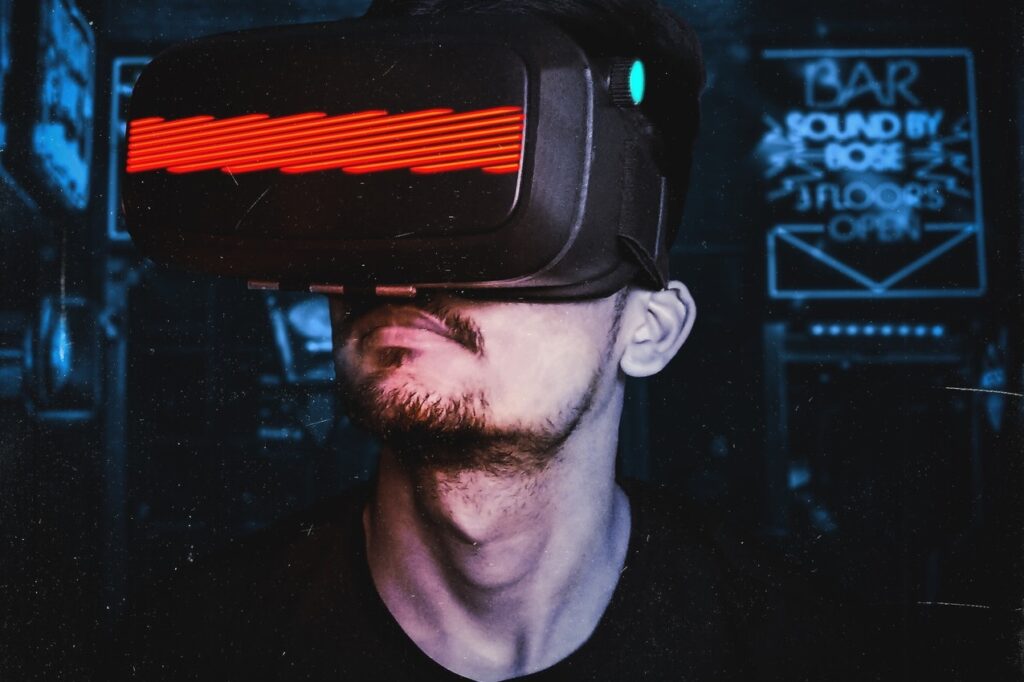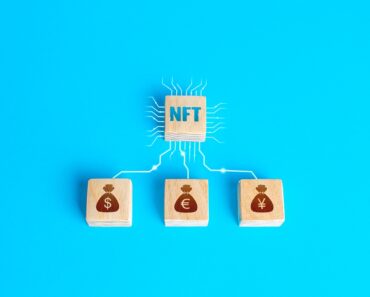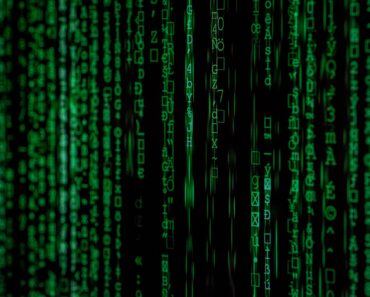Web 3.0 encompassed the many new ideas and technologies that are planned or being discussed to shift the internet from being primarily controlled by big corporations to becoming a decentralized, user-centered, immersive experience.
One of the biggest problems with that type of change is that big corporations would prefer to control the infrastructure used and access to everything on the Internet. So it’s difficult to say how Web 3.0 will really evolve and be experienced in the coming years.

Why Do We Need Web 3.0?
Right now, we’re living in a Web 2.0 world that allows users to interact with each other and create content. However, many people believe there are inherent problems with the current setup and technologies.
The biggest problem is that a few large corporations control access to the Internet, the platforms you use to create content, and constantly track your movements and store your personal information to be used for whatever they see fit.
At any time, your access to the Internet can be removed or lost; your content can be removed if the company doesn’t like or agree with it, and it’s extremely difficult to keep your online information private and secure from these corporations.
Many millions or billions of dollars are spent figuring out how to track and use your personal information to make money.
Web 2.0 also relies on centralized servers, creating single points of failure that can disconnect entire countries from the Internet or remove big chunks of the Internet from open access.
Consider what happens when Google Cloud (GCP) goes down, or Amazon Web Services (AWS) goes down; that is when you see massive amounts of the Internet disappear.
Who Is Building Web 3.0?
The entire purpose of Web 3.0 is to be decentralized, and there is no single authority that is controlling the development or direction of the technologies. That being said, organizations, private companies, and even individuals are trying to guide the development of certain areas or help others build technologies that can assist Web 3.0 in becoming a reality.
There is a Web3 foundation that is attempting to set up guidelines for Web 3.0 overall, as there does need to be some agreement on how everything should work together.
You then have a variety of individuals or private businesses building their own decentralized apps (dApps), which could form the beginning of Web 3.0.
What Is The Web 3.0 Technology?
Most developers of Web 3.0 technologies are looking to use blockchain technology, which provides an effective means of eliminating centralized infrastructure and provides a way to connect a wide variety of new technologies that otherwise couldn’t connect with each other.
Blockchain technology is used by cryptocurrencies like Bitcoin but can and is used by other technologies due to specific advantages provided by it, including:
- Blockchain technology can be open and provide transparent transactions and records so that everybody can access what is happening or has been done.
- Blockchain technology relies on many different nodes that store copies of the transactions and information stored on the blockchain. When something is added or changed, the nodes need to agree; otherwise, the addition or change is denied and wiped from the blockchain.
This makes it extremely difficult to change information that has already been added to the blockchain, and if something is added that the nodes don’t agree with, it will be quickly removed.
- Blockchain technology doesn’t require permission to be given to do anything, only an agreement that it’s a valid transaction or change.
This means that users can interact and exchange information with each other without the need for a central authority to give permission, which is a crucial component of Web 3.0
How Will Web 3.0 be Architectured?
Web 3.0 is still in the relatively early stages of development, so it’s challenging to provide specific details on its architecture. However, there are some general ideas that most people involved agree will be required and used within Web 3.0.
- Semantic Web
The goal of the semantic web is to make the data on the Internet machine-readable, which creates a common framework for data to be shared and used across any kind of platform or system, which promotes interoperability between a wide range of different systems and doesn’t gate communities or platforms.
- Artificial Intelligence
Artificial intelligence will be required to decipher natural language and user’s intentions so that Web 3.0 technology becomes more intuitive to what users are trying to do, rather than relying on direct input by the user, which can often be misinterpreted or just plain wrong.
AI technology is also expected to play a vital role by ensuring that information in Web 3.0 systems is accurate, high-quality, and isn’t fraudulent.
- Immersion
Immersion technology such as Augmented Reality and Virtual Reality will offer a much more interactive and collaborative experience with other users, services, and even products being sold.
In Web 3.0, physical products will be digitized into VR, and digital products will be brought out into the real world through augmented reality.
- Secured And Portable Data
With Web 3.0, there will be many interconnected devices and interoperability between different platforms. The goal with Web 3.0 is to ensure that all information is highly secure while still being usable to navigate whatever you need to do.
Web 3.0’s decentralized infrastructure removes intermediaries that can review and store information as it passes through them like it currently does. It also removes single points of failure, as when a node goes down in the blockchain, the blockchain keeps running without issue.
Another benefit of using blockchain is that different platforms can systems will be able to communicate with each other without issues or restrictions, which are currently found in Web 2.0.
Overall, Web 3.0 will be using cutting-edge decentralized applications (dApps) on advanced technologies such as AR/VR, AI, IoT devices, and potentially many more still to be developed. All of this will be running on a secure, decentralized infrastructure using blockchain technology to ensure there are no single points of failure, and no single entity can remove or change data in Web 3.0.






